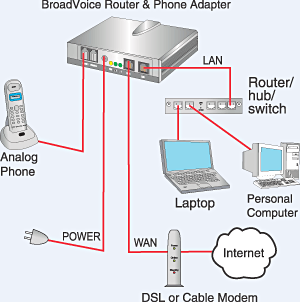 Programmable Logic Controllers (PLC) is a computer that is easy to use electronic or user-friendly control functions that have for various types and levels of difficulty diverse. Definition Programmable Logic Controller is electronic systems that operate digital and designed for use in the environmental industry, which uses a memory system that can be programmed for storage in the internal instructions that implement specific functions such as logic, sequence, time, counter and operating aritmatik to control the engine or through the process modules I / O digital and analog.
Programmable Logic Controllers (PLC) is a computer that is easy to use electronic or user-friendly control functions that have for various types and levels of difficulty diverse. Definition Programmable Logic Controller is electronic systems that operate digital and designed for use in the environmental industry, which uses a memory system that can be programmed for storage in the internal instructions that implement specific functions such as logic, sequence, time, counter and operating aritmatik to control the engine or through the process modules I / O digital and analog.Based on the concept of PLC name is as follows:
Programmable
Show ability in terms of memory to store programs that have been made that easily changed the function or usefulness.
Logic
Shows the ability to process the input in the aritmatik and Logic (ALU), which is conducting operations compare, enumerate, multiply, divide, reduce, inverter, AND, OR, and others.
Controllers
Shows the ability to control and manage processes that produce the desired output
PLC is designed to replace a series of relay sequensial in a control system. In addition can be programmed, the tool can also be managed and operated by people who do not have the knowledge in the field of operation of the computer specifically. PLC has a programming language that is easily understood and can be operated when the program was created by using the software in accordance with the type of PLC used is entered.
This instrument works based on inputs that are depending on the circumstances and at a certain time then that will or ON-OFF-I output-output. '1' shows that the situation is expected to be met while the '0' situation is not expected to be met. PLC can also be applied to the control system that has a lot of output.




